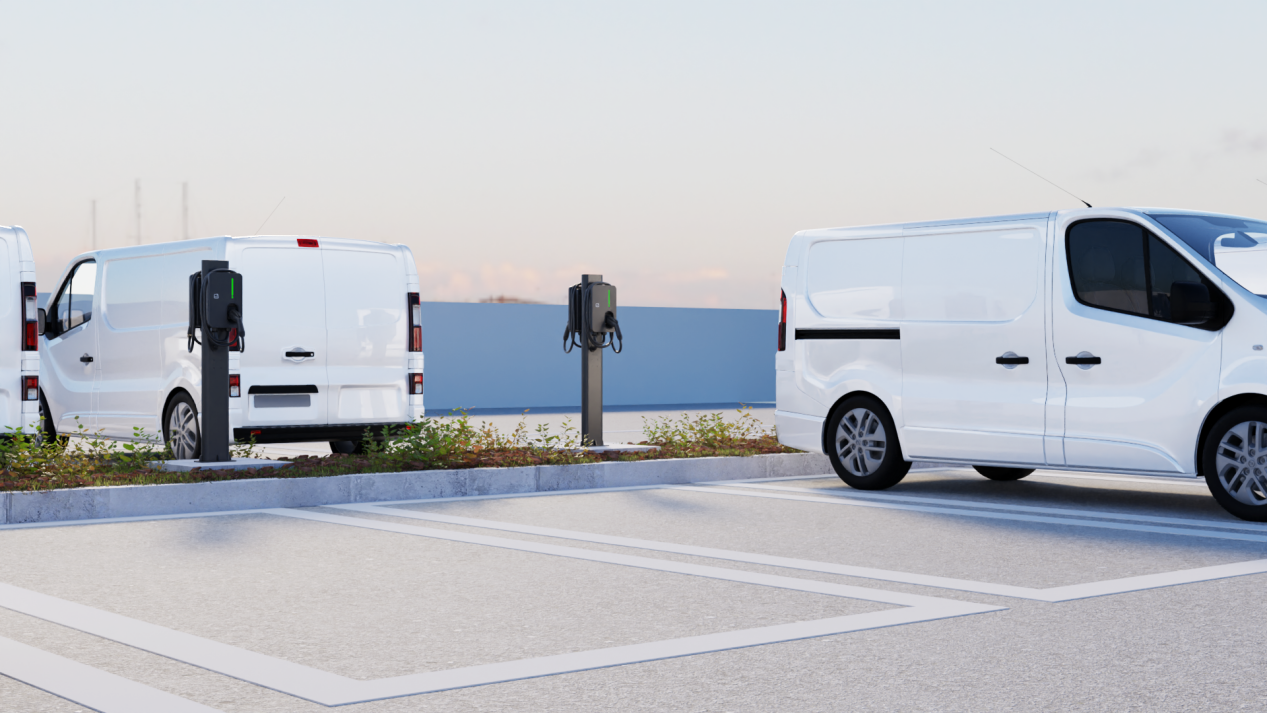
How to Procure and Implement EV Charging Stations for Businesses Across Global
The global adoption of electric vehicles (EVs) is accelerating, leading to an increased demand for charging infrastructure. Companies that have successfully secured contracts and require EV charging stations must have a comprehensive understanding of the procurement, installation, operation, and maintenance processes.
1. Key Steps in EV Charging Station Procurement
● Demand Analysis: Start by assessing the number of EVs in the target area, their charging needs and user preferences. This analysis will inform decisions on the number, type and distribution of charging stations.
● Supplier Selection: Choose reliable EV charger suppliers based on their technical capabilities, product quality, after-sales service, and pricing.
● Tendering Process: In many regions, procuring charging stations involves a tendering process. For instance, in China, procurement typically includes steps such as issuing a tender notice, inviting bids, preparing and submitting bid documents, opening and evaluating bids, signing contracts, and conducting performance evaluations.
● Technical and Quality Requirements: When selecting charging stations, focus on safety, compatibility, smart features, durability, and compliance with relevant certifications and standards.
2. Installation and Commissioning of Charging Stations
● Site Survey: Conduct a detailed installation site survey to ensure the location meets safety and operational requirements.
● Installation: Follow the design plan to install the charging stations, ensuring high-quality workmanship and safety standards.
● Commissioning and Acceptance: After installation, carry out tests to confirm that the stations operate correctly and comply with relevant standards, and obtain the necessary approvals from the authorities.
3. Operation and Maintenance of Charging Stations
● Operational Model: Decide on an operational model, such as self-management, partnerships, or outsourcing, based on your business strategy.
● Maintenance Plan: Develop a regular maintenance schedule and emergency repair plan to ensure continuous operation.
● User Experience: Offer convenient payment options, clear signage, and user-friendly interfaces to enhance the charging experience.
● Data Analysis: Utilize data monitoring and analysis to optimize station placement and services, improving operational efficiency.

4. Adherence to Policies and Regulations
Different countries and regions have specific policies and regulations regarding the construction and operation of EV charging stations. For example, in the European Union, the Alternative Fuel Infrastructure Directive (AFID) guides the deployment of publicly accessible EV charging stations, requiring member states to set deployment targets for publicly accessible EV chargers for the decade to 2030.
Therefore, it is crucial to understand and comply with local policies and regulations to ensure that the construction and operation of charging stations meet all legal requirements.
5. Conclusion
As the EV market rapidly evolves, building and enhancing charging infrastructure becomes increasingly vital. For companies in the United States, Europe, Southeast Asia, and the Middle East that have secured contracts and require EV charging stations, a thorough understanding of the procurement, installation, operation, and maintenance processes, along with adherence to policies and regulations, is essential. Drawing from successful case studies can help ensure the smooth implementation and long-term stability of charging infrastructure projects.
Post time: Feb-18-2025
